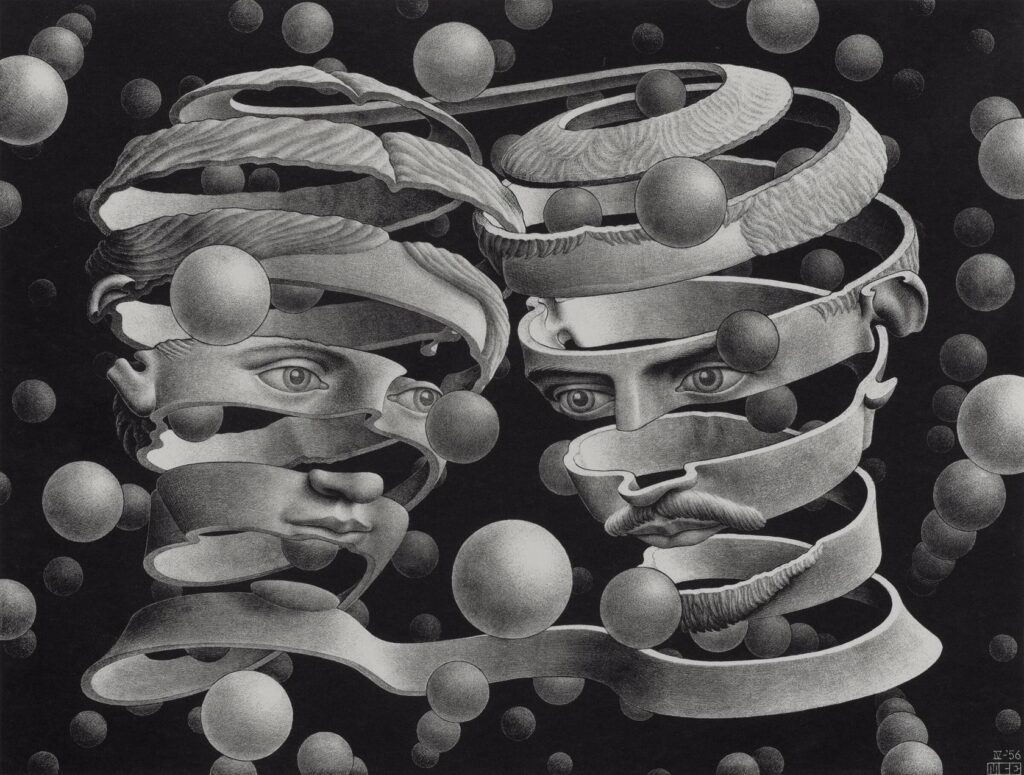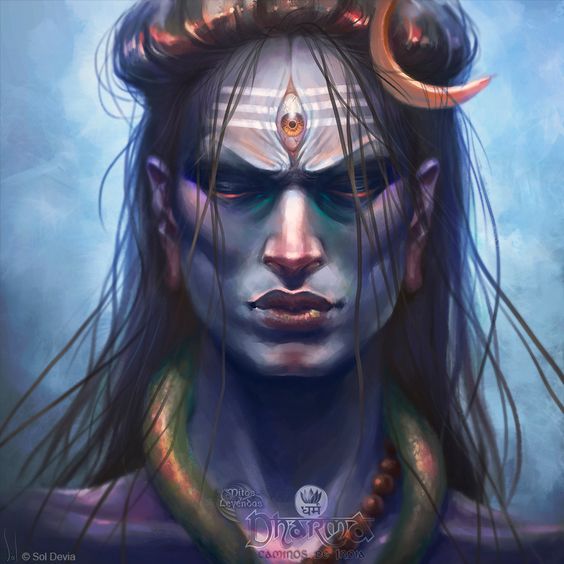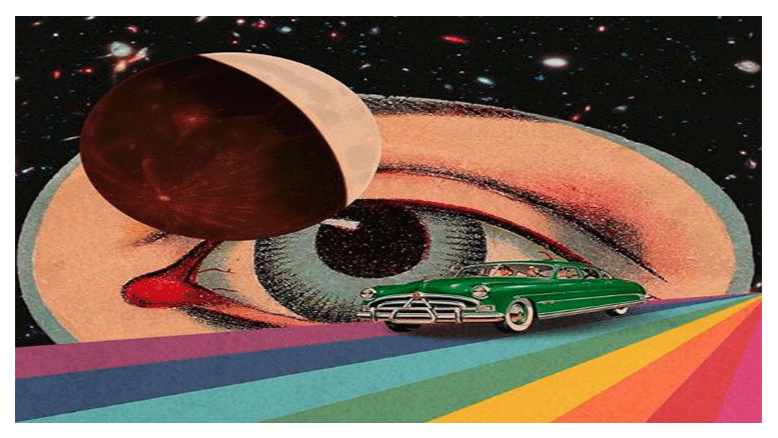Clairvoyance, as reworded by Charles Webster Leadbeater, is the ability to detect a higher octave in the vast range of life’s vibrations, accessing a layer of perception most people remain unaware of. But is this extra layer a product of science, spirituality, or myth?
This blog post unpacks the complexity of clairvoyance through multiple lenses—historical, philosophical, neurological, and literary—to explore what it truly means to “see beyond.”
What is Clairvoyance?
Clairvoyance is the phenomenon of perceiving information outside the known human senses. Often misunderstood, it’s not just about predicting lottery numbers or foreseeing doom; it can refer to remote viewing, precognitive dreams, heightened intuition, or sensing subtle energies. While there’s no universally accepted definition, its core idea is accessing non-ordinary sources of knowledge.
Sceptics label it a fantasy, but others experience it as a visceral truth—a “sixth sense” that can’t be explained by textbooks. It’s an experience that eludes replication in labs but continues to captivate the human imagination.
Is Clairvoyance Scientific or Pseudoscientific?
Parapsychology, the scientific study of phenomena like clairvoyance, is often dismissed as pseudoscience. Critics argue it lacks empirical evidence, reproducibility, and rigorous peer review. Indeed, many journals shy away from publishing studies on psychic phenomena.
But then, why do so many people, from highly educated professionals to spiritual seekers, still report experiences they cannot rationally explain? Science evolves by challenging norms, and just because something can’t be measured (yet) doesn’t make it invalid. Consider electricity or gravity in the Pre-Newtonian world—they existed before we found a way to explain them.
Telepathy vs. Clairvoyance: Are They the Same?
While telepathy involves the direct transmission of thoughts between minds, clairvoyance is more about “seeing” without using conventional senses—visions, flashes, or internal knowing (aka intuition).
Interestingly, technological advances are beginning to simulate telepathic communication. Brain-machine interfaces like Elon Musk’s Neuralink aim to connect minds through electronic signals. This could be the scientific precursor to psychic communication, a validation of what mystics have long described as “telepathy” or “mental downloads.”
Still, telepathy and clairvoyance remain distinct but adjacent: both challenge the boundaries of human perception, both invite scientific scrutiny, and both offer tantalising glimpses into what human consciousness might eventually become.
Astrology, Scepticism, and the “Language” of the Unknown
Clairvoyance shares a liminal space with practices like astrology, which also provoke sharp debate. To many, astrology is symbolic storytelling, not science. But to practitioners, it’s a system of archetypal understanding. Like learning a foreign language, it requires deep study to interpret correctly.
Dismissing such systems outright is like rejecting music because one hasn’t learned to read sheet music. In this sense, clairvoyance might be another symbolic language, one not yet fully deciphered by modern tools.

Who Can Be Clairvoyant?
Are psychic abilities exclusive to a chosen few? Or is it a latent potential within all of us?
Some argue that extrasensory perception (ESP) is an inherited or spiritual gift, while others believe it can be cultivated through meditation, mindfulness, or trauma-induced awakenings. The notion that only “gifted” people possess such talents is becoming outdated, especially in light of modern studies on neuroplasticity and consciousness.
Spiritualism and the Clairvoyant Archetype
From Hindu sages to Christian mystics, spiritual traditions across cultures recognise the clairvoyant archetype. These individuals may receive visions, foresee events, or communicate with spirits, often described as having a deep connection with divine or universal energies.
Historically, spiritualist movements used mediums and séances to bridge the human and spiritual worlds. Not all were authentic; some were theatrical performances. But even amid fraud, the persistent desire to connect with something beyond the seen world remained strong. This deep longing suggests that clairvoyance taps into an existential human need to understand what lies beneath and beyond.
The Divine and the Deceptive: Mentors, Gifts, and Charlatans
Why do some clairvoyants feel divine while others are exposed as imposters?
Perhaps it’s the same reason why religious prophets and cult leaders share overlapping traits—charisma, mystery, a sense of purpose. Some clairvoyants may indeed possess an elevated perception, a refined intuition, or a strong grasp of human behaviour. Others might exploit belief for power or profit.
Still, even amid this ambiguity, clairvoyance continues to fascinate. Whether rooted in science, faith, or manipulation, it remains an archetype that humanity returns to again and again.
Clairvoyance in Literature: Between Reality and Fiction
Victorian authors such as George Eliot, Edward Bulwer-Lytton, and George MacDonald used clairvoyance as a literary device to probe morality, perception, and the unseen layers of human consciousness.
In The Lifted Veil, clairvoyance becomes a burden rather than a gift. In A Strange Story, it clashes with rationality and romantic idealism. And in The Portent, it channels erotic energy and rebellion. In all these works, clairvoyance is not about superpowers but super-awareness, and the emotional cost that comes with it.
Fictional clairvoyants reflect our real-life tensions: wanting to know more but fearing what we might find.

Ancient Philosophy: The Third Eye and Chitta
Hindu and Eastern philosophies link clairvoyance to the third eye, a spiritual centre of insight. Modern teachers like Sadhguru argue that consciousness is not merely neurological but a dimension in itself, accessible through deep inner work.
Chitta—the subtle, intuitive part of the mind—is believed to be the gateway to clairvoyant abilities. This inner knowledge transcends logic and taps into a realm where the mind becomes a medium between the self and the cosmos.
Unlike Western definitions of “mind” as mechanical or emotional, Eastern philosophy sees it as multidimensional—logical, intuitive, and transcendental.


Modern Science: The Brain, the Pineal Gland, and Magnetite
Contemporary neurologists like Dr. Ashok Panagariya have explored how certain brain functions, particularly the pineal gland, might be the source of mystical experiences.
The pineal gland—long associated with the third eye in esoteric traditions—might also be biologically attuned to electromagnetic fields, like a spiritual compass.
Dr. Panagariya’s findings suggest that beta-carbolines and magnetite may play a role in altered states of consciousness. If validated further, this could form a bridge between metaphysics and neuroscience, helping reframe clairvoyance not as “magic” but as latent biology.
We might then understand clairvoyance as not unscientific, but not yet scientifically explained.
Final Thoughts: Between Realms, Beyond Labels
So, is clairvoyance science or religion? The answer might be: neither, and both.
Clairvoyance may not yet meet the bar of empirical science, but neither can it be dismissed as pure fiction. It lives in a liminal space—between the seen and unseen, reason and intuition, fact and faith. And perhaps that’s why it captivates us so deeply.
It forces us to question the nature of reality itself. Is there more than what we perceive? Can knowledge come from non-linear, non-verbal sources? Is the universe a closed system—or does it breathe through us in subtle, synchronistic ways?
Ultimately, clairvoyance reflects something timeless in the human condition—the urge to know more, see deeper, and transcend our limits. Whether it proves to be a biological phenomenon, a spiritual gift, or a poetic metaphor, one thing remains true: we are creatures forever drawn to the unknown.
And in that quest, perhaps, we’re all a little clairvoyant.

